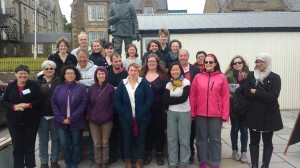
This month started back in Edinburgh with the other trainees in Scotland. We went along to the Botanic gardens in Edinburgh to visit Frances and her Lichen collections! She showed us some beautiful lichens that could be found in and around Edinburgh and it was a nice sunny day to have lunch outside. In the afternoon, Catherine, one of our fabulous Natural Networks trainees, showed us around the parks and green spaces in Edinburgh. We also visited one of the wild meadows that are part of her work with the Edinburgh Living Landscapes. A great day! Being back in Edinburgh also gave me the opportunity to catch up with everyone at the Riccarton Campus as well as with my contacts at SEPA. I also managed to catch up with John and take him to the Marina in Largs to show him some of my work. I found a non-native seaweed there that has not spread as far as Orkney.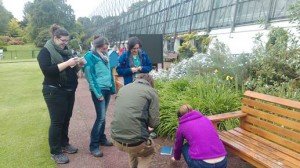
From here I traveled back North again but not as far as Orkney. I had the opportunity to give a talk about my traineeship at a workshop run by the Highland Seashore Biodiversity Project near Skye on Scotland’s west coast. It was my first time to Skye and what an amazing place it is. The scenery is out of this world and the seashore teaming with life! If you haven’t been yet I thoroughly recommend you put it on your ‘to visit’ list. You will not be disappointed. The workshop was fantastic. The weather held and I learned about more creatures that live on our shores. Some I had never seen before like the bright orange seven armed starfish and there were no non-Natives which was a great sign.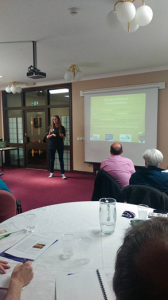
Soon it was back up to Orkney but only for a few days and we managed to get a few surveys done before attending the Larwood Symposium in Thurso. We found Non-Natives in both of our locations!
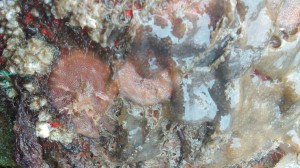
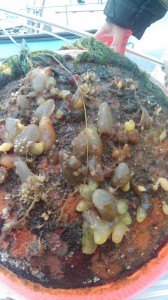
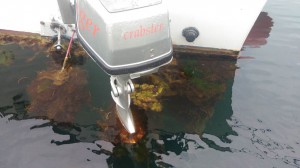
I gave a presentation to a group of over 20 bryozoan specialists at the Environmental Research Institute. From Thurso we travelled back to Stromness to continue the symposium on Orkney where the attendees went on a historical tour of the island. They visited the cairn Maeshowe which is decorated with graffiti made by Vikings! Afterwards they headed for the Neolithic village of Skara Brae, a village that has been preserved in sand dunes, is older than the Egyptian Pyramids and gives a detailed insight into how our ancestors lived. Lastly they visited the 3rd biggest stone circle in Europe, the Ring of Brodgar. Orkney is full of mystery, echoes from the past and stunning nature. Beneath the grass lies hidden treasures from our ancestors, the coastline and the seabed is littered with the remnants of the war and not only is Orkney home to its own subspecies of Vole but it has become home to a pair of nesting Sea eagles this year. It is one of the few areas where the Scottish Primrose blooms and if you are really lucky you can see pods of Orca swimming by.
Speaking of Orcas, on the last day of the symposium I went with my mentor Jo to the German shipwrecks in Scapa Flow with a group of divers. The weather wasn’t nice but the boat was steady and there was plenty of tea and coffee inside. We weren’t long out of harbour when we heard someone shouting up on deck. We all scurried up to watch a pod of 5 Orcas swimming past us. It was amazing and such a rare thing to see so close!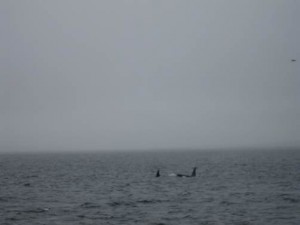
Those that came to visit Orkney with the Larwood Symposium soon filtered away back to their homes and places of work but I have been left with an understanding of all the work that is being carried out on Bryozoans which is remarkable in terms of the variety of studies that are currently being undertaken. And I have also been offered the opportunity to head down to the Natural History Museum for a week. London I will see you next month!